Introduction
This article provides an in-depth exploration of wire baskets.
It covers detailed information on various aspects including:
- Working Principles of Wire Baskets
- Different Types of Wire Baskets
- Applications and Advantages of Wire Baskets
- And More...

Chapter 1: Understanding the Core Principles of Wire Baskets
This chapter examines wire baskets in detail, focusing on the manufacturing techniques and materials that create these adaptable storage solutions.
Defining Wire Baskets
Wire baskets are formed by weaving or welding wires into shape. Their distinctive open metalwork design offers a unique structural advantage.
 Stainless Steel Basket by Acme Wire Products Co., Inc
Stainless Steel Basket by Acme Wire Products Co., Inc
Like plastic baskets, wire baskets effectively organize and declutter home spaces. Grocery stores commonly use them as sustainable alternatives to plastic shopping baskets. Their versatility makes them ideal for storing various items, offering durable and practical storage solutions.
In garages, they can be wall-mounted for space efficiency. Compared to plastic bins, wire baskets present a more refined aesthetic. Their open design, similar to transparent containers, allows for easy content visibility.
Most wire baskets don't include lids, making them perfect for frequently accessed items like garage-stored sports equipment.
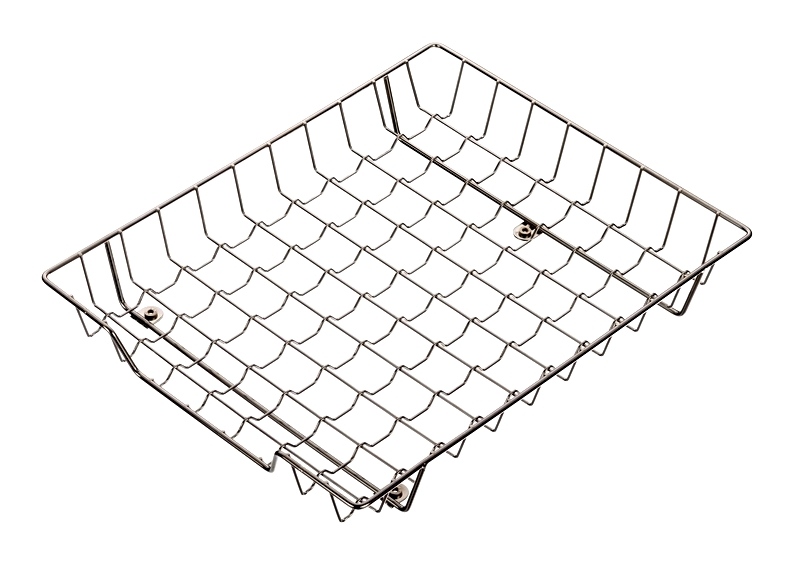 Medical Stainless Steel Basket by Acme Wire Products Co., Inc
Medical Stainless Steel Basket by Acme Wire Products Co., Inc
Their design promotes air circulation, making them excellent for drying damp cleaning cloths. Available in various shapes including round, square, and oval, they offer alternatives to traditional rectangular designs.
Some decorative black metal baskets serve primarily as attractive home accents.
Distinct Features of Wire Baskets
While less sturdy than sheet metal baskets, wire baskets excel in open space management, enhancing airflow and drainage. This design speeds up drying and reduces washing downtime.

The generous spacing minimizes debris accumulation and often eliminates additional washing steps. In ultrasonic cleaning, this openness allows sound wave penetration for thorough cleaning.
For heat treatment applications, the airflow enables faster temperature changes, boosting efficiency.
Using fewer materials reduces costs, though welding joints may increase expenses while improving strength.
Key Considerations for Custom Wire Baskets
Several critical factors require attention when designing custom wire baskets.
Production challenges could affect functionality. Here are essential design considerations:
Content Weight, Dimensions, and Shape
The basket must properly support its contents. Poor design may compromise utility.
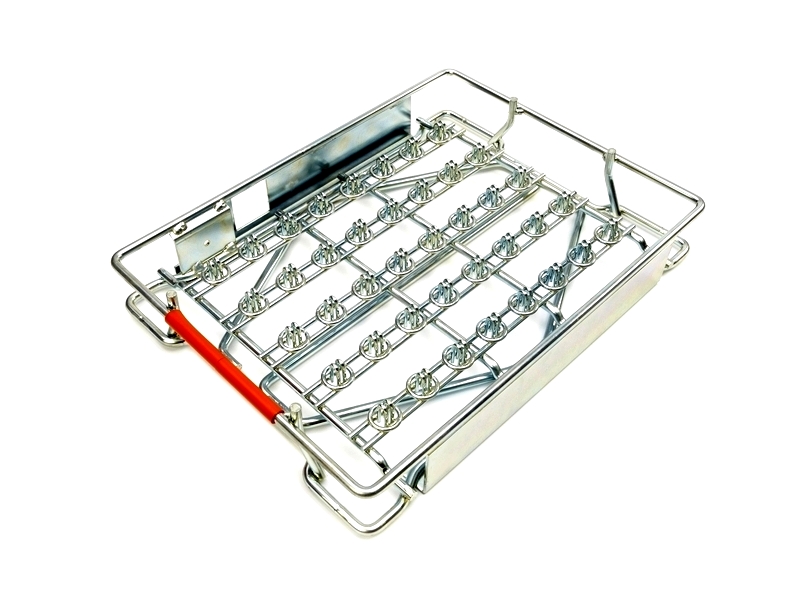 Gear Basket by Acme Wire Products Co., Inc
Gear Basket by Acme Wire Products Co., Inc
Surface Condition and Handling Needs
Designs must accommodate item surface requirements, differentiating between delicate and durable items.
Chemical Resistance
Materials must withstand prolonged exposure to harsh finishing chemicals.
Temperature Tolerance
Different temperatures affect materials differently. High heat may weaken steel, while cold can cause brittleness.
Storage Environment
Environmental factors like sea air or chemicals can degrade baskets. Understanding storage conditions ensures optimal performance.
These factors are crucial for designing effective custom wire baskets.
The Manufacturing Process of Wire Baskets
Wire basket production involves multiple steps:
Step 1: Spatial Measurement
First, measure the intended space (e.g., 20 x 16 inches with 5-inch height).
Step 2: Cutting the Hardware Cloth
Trim to size, marking and removing excess corners for clean edges.
Step 3: Forming the Corners
Bend sides using a straight edge and secure with pliers.

Materials for Wire Baskets
Material selection determines durability and functionality. Let's examine common options:
Plain Steel Baskets
Economical with good tensile strength, but prone to rust without treatment.
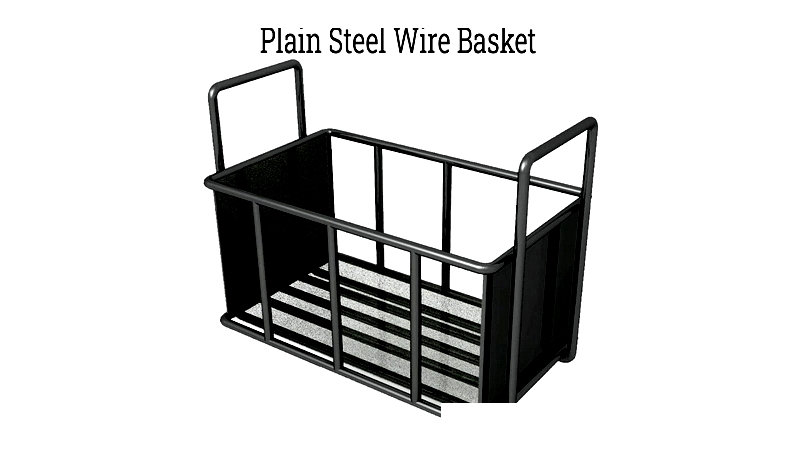
Galvanized Steel
Zinc coating enhances corrosion resistance through:
- Hot Dipping (molten zinc immersion)
- Electro Galvanization (electroplating method)
Welding may release toxic zinc fumes.
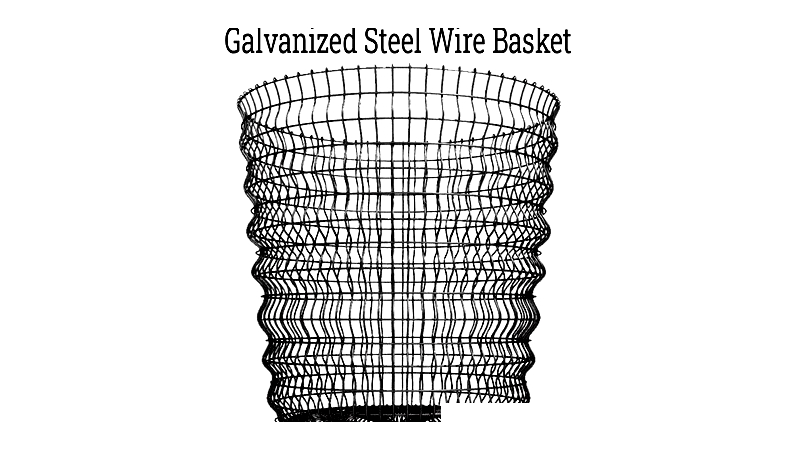
Stainless Steel
Grades 304 and 316 offer excellent rust resistance and:
- Wide temperature range (-150°F to 1600°F)
- Surface conditioning
- Oxidation resistance
- High tensile strength
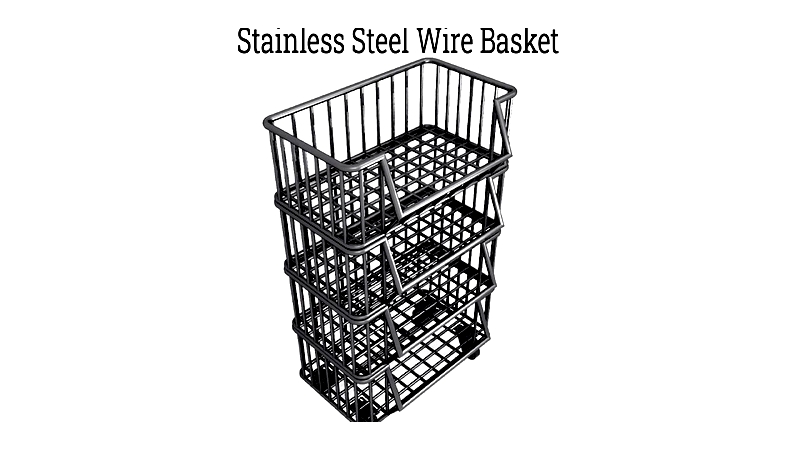
Inconel Material
Nickel-chromium alloys excel in extreme conditions.
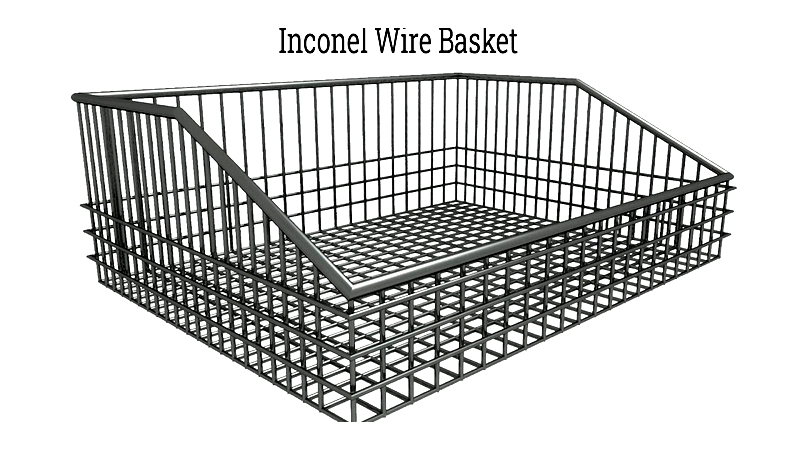
Chapter 2: Different Types of Wire Baskets
Wire baskets serve diverse organizational needs across various settings. Available in multiple sizes and materials, they offer strength, ventilation, and corrosion resistance. Below are popular types and their applications:
Plain Wire Basket
A kitchen staple with sturdy stainless steel construction, ideal for storing produce and cookware.
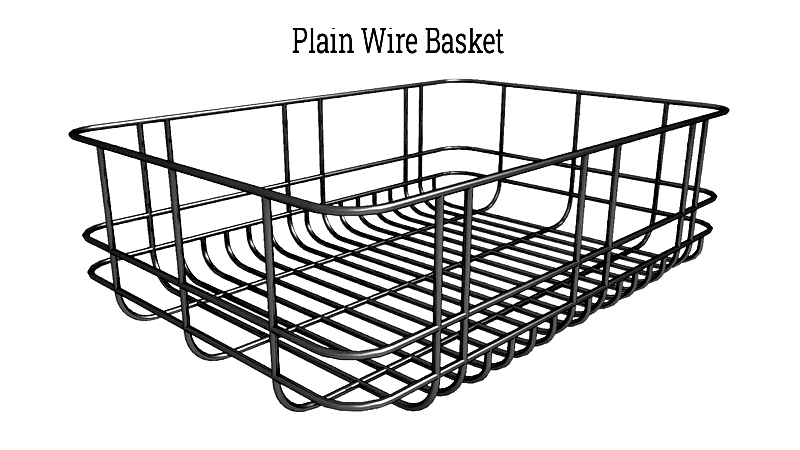
Plate (Thali) Basket
Specialized racks for secure plate storage, popular in Indian households.

Cutlery Basket
Compartmentalized organizers for utensils, enhancing kitchen efficiency.





